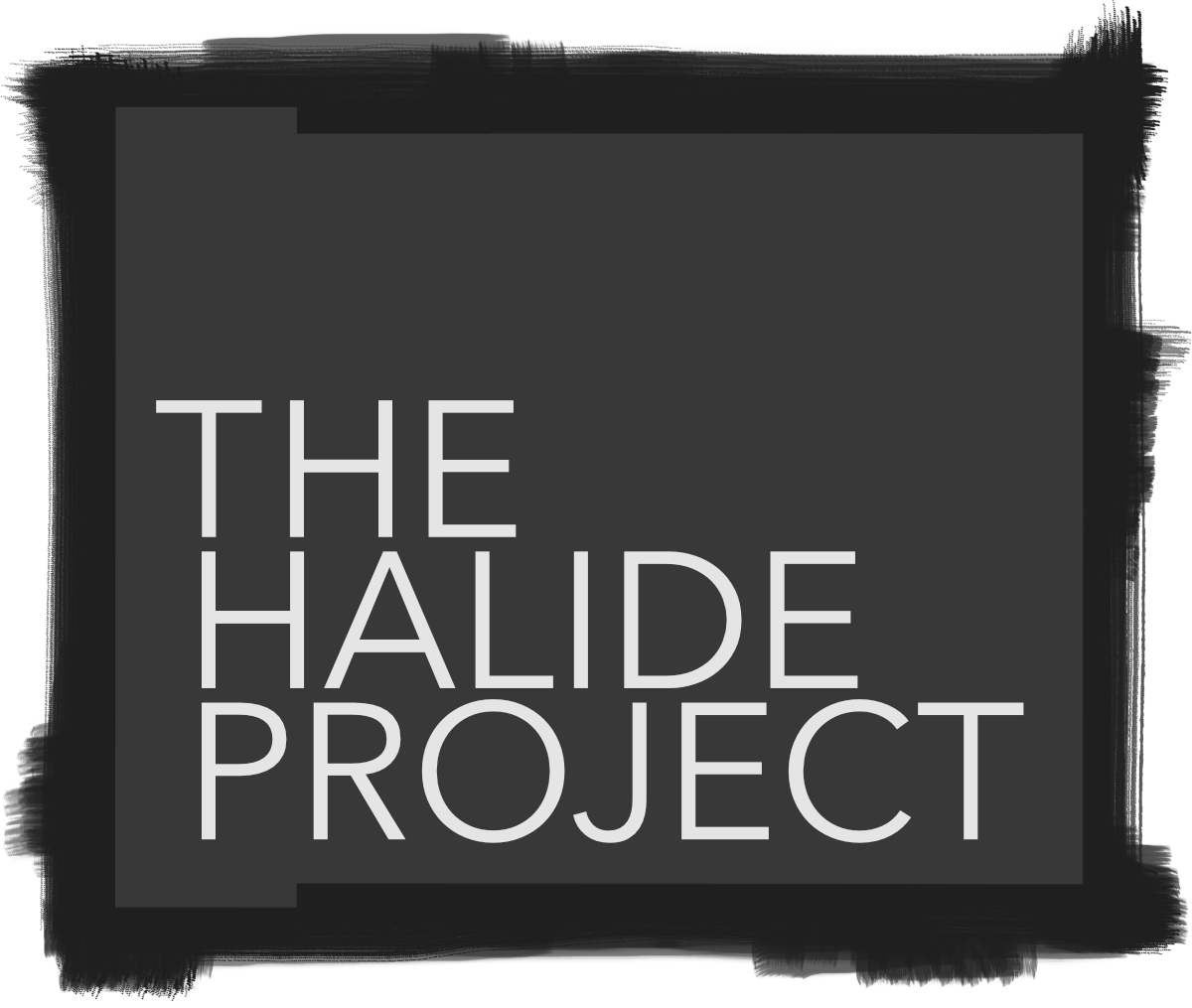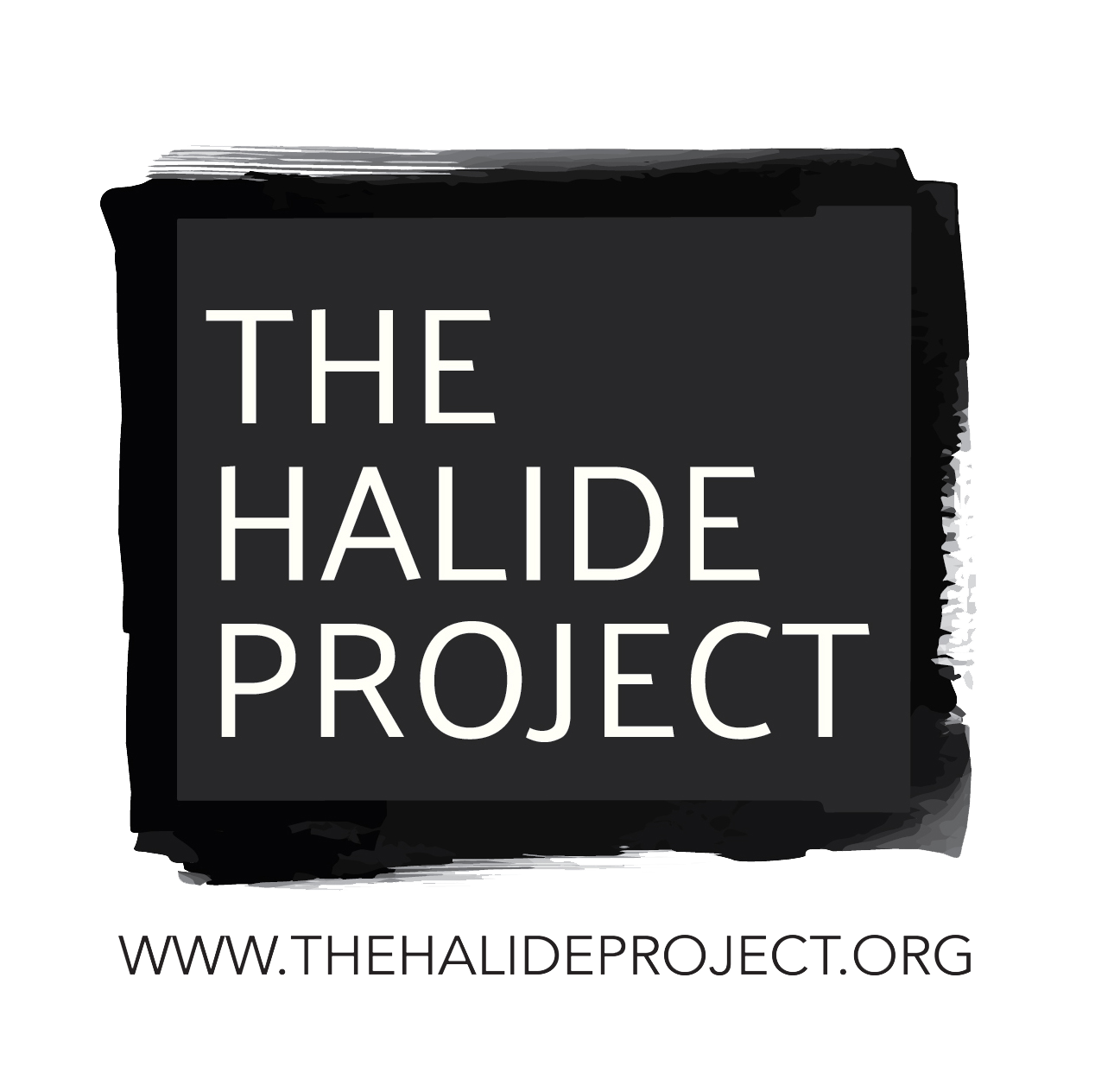Convergence
Often, the assumption is made that photographic images represent reality; that they provide a selective representation of the existent world. But having been born of science and nurtured by art, photography as a creative practice is not bound by constraints. Artists seeking to free photography from its traditional confines can source material and inspiration from not only the breadth of photographic history, but from art, science, and life itself. These artists meld process and concept in ways that depict a new version of reality; a reality of their own creation, not co-opted from the outside world.
The artists in Convergence use cameraless methods to explore and challenge concepts regarding photography, including the foundational question “what is a photograph?” Although they approach image-making from different vantage points and employ different techniques, their work converges in a realm of visual expression that challenges preconceived notions of both photography itself and the underlying reality that is assumed to inform photographic images.
With her series “Atom, Planet,” Anne Arden McDonald explores photographic image-making without the use of a camera or negative. Basing her creative process on the scientific method – hypothesis, experimentation, observation, and analysis – Arden McDonald utilizes light, photo paper and chemistry, and familiar items such as glass, eggshells, household cleaners, and spices to create “chemical paintings” that represent a convergence of the scientific and domestic spheres. While revisiting historic processes, including Man Ray’s photograms and Pierre Cordier’s chemigrams, Arden McDonald also confronts the current state of photography and explores possibilities for its future.
Mike Hoover exists in the “middle grey” between various artistic media, exploring how societal constructs restrict and constrict the creative process. In his series “Color in the Dark,” Hoover works with traditional color darkroom paper, but denies its traditional execution by ripping open the paper and exposing it to multiple layers and light filtration before selectively developing it. Created by an act of liberation, the work merges method and concept, tearing the veil of reality away from photography and revealing it as a “falsehood offered as truth.”
Jeannie Hutchins’ photographic practice provides her with an outlet for exploring life’s unanswerable questions. She crafts images that represent where she believes those answers may lie, and “laughingly pretends” that controlling the image-making process will bring order to her existential musings. In her “Cyanoscapes” series, Hutchins begins with a midnight blue field and an expectation of punctuating it with specific points of luminosity. But the serendipitous nature of her process intervenes, disrupting expectations and rendering images that resemble “distant constellations, timeless geological events, and flowing matter.”
Paula Riff’s “Jazzed” series is a continuation of her exploration of color, form, and design through experimental, cameraless photography. Drawing inspiration from abstract painters and experimental photographers of the early 1920s, Riff seeks to move beyond photography’s ability to reproduce reality. By combining the cyanotype and gum bichromate processes and relinquishing preconceived conceptions of photography, Riff creates a new and unique world, where intention becomes improvisation and all possible shapes, forms, and colors coexist in an homage to the beauty and simplicity of abstraction.



























